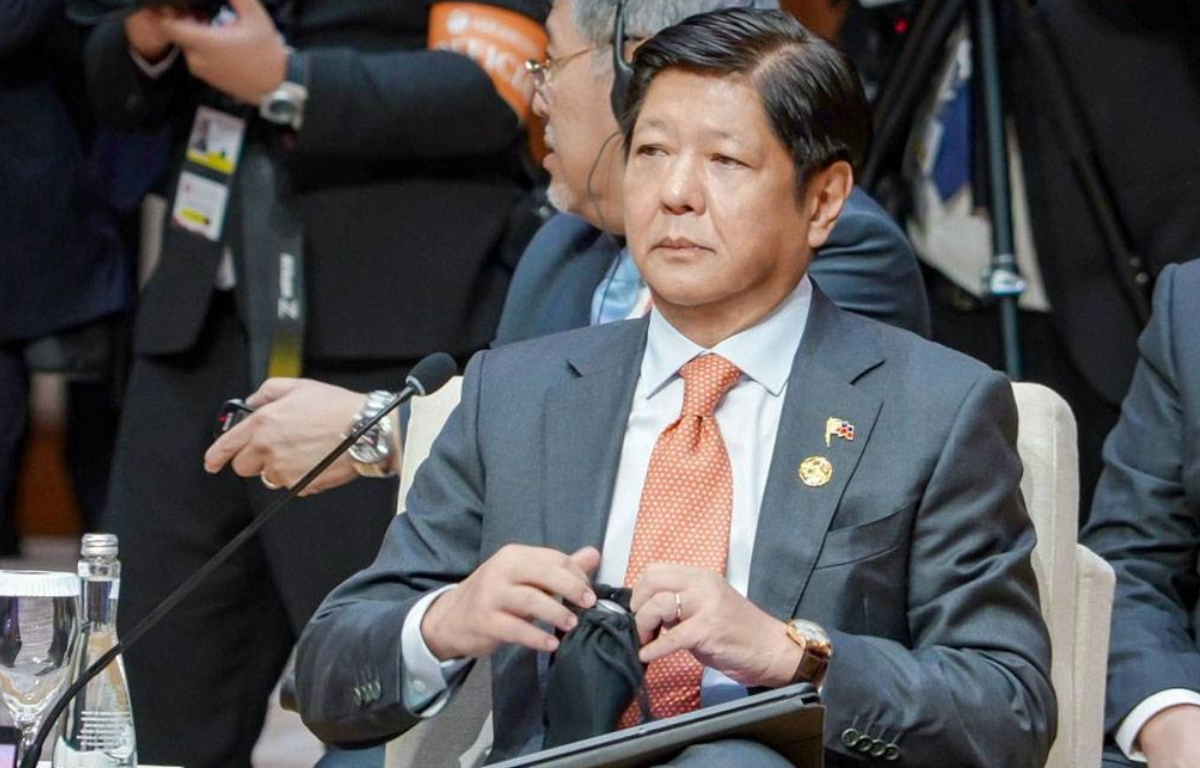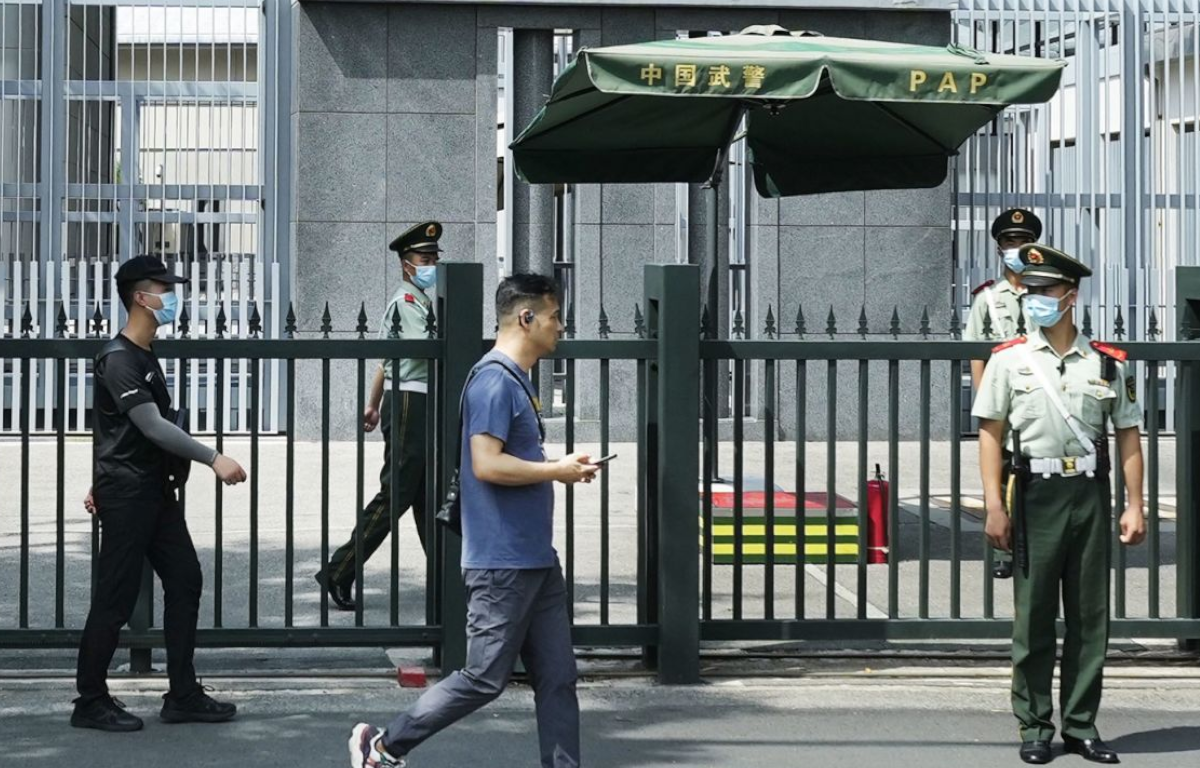
In recent years, one of the primary sources of strain has been the long-standing border disputes between the two countries, which have tested the limits of their bilateral ties and raised concerns about regional stability.
The China-India border, stretching over 3,488 kilometers (2,167 miles), remains largely undefined in certain areas, leading to periodic confrontations and standoffs. The most notable of these incidents occurred in 2020 in the Galwan Valley, where clashes between Indian and Chinese troops resulted in casualties on both sides. This event, the deadliest confrontation in decades, highlighted the volatile nature of the border disputes and the potential for escalation.
The underlying issues driving the border disputes are multifaceted. Historical grievances, differing interpretations of boundary lines, strategic concerns, and geopolitical ambitions all contribute to the complexity of the situation. China’s assertive actions in the region, including infrastructure development and military deployments along the border, have raised alarms in India and heightened tensions.
Efforts to resolve the border disputes have been ongoing through diplomatic channels, including talks between high-level officials and established mechanisms such as the Special Representatives Dialogue. However, progress has been incremental, with disagreements persisting over key areas such as the Line of Actual Control (LAC) and the status of certain territories, such as Arunachal Pradesh.
The border disputes have broader implications for China-India relations and regional dynamics. They have strained trust and cooperation between the two countries, impacting various aspects of their bilateral engagement, including trade, investment, and cultural exchanges. The lack of a resolution to the border issues also creates uncertainty and contributes to a climate of strategic mistrust.
Despite the challenges posed by the troubled borders, China and India have continued to engage on multiple fronts, recognizing the importance of maintaining communication and managing differences effectively. Both countries are key players in regional and global affairs, and their cooperation is vital for addressing common challenges such as climate change, economic development, and regional security.
Moving forward, a constructive approach that emphasizes dialogue, mutual respect, and adherence to established norms and agreements will be essential in navigating the complexities of the China-India relationship. Both countries have expressed their commitment to peaceful resolution of disputes and maintaining peace and stability in the region, signaling a willingness to work towards de-escalation and improved bilateral ties.
The troubled borders between China and India serve as a reminder of the delicate balance between cooperation and competition in international relations. While challenges exist, opportunities also abound for constructive engagement and cooperation on shared interests. As the two nations navigate their differences, the world watches closely, recognizing the significance of their relationship for regional and global stability.










Share this: